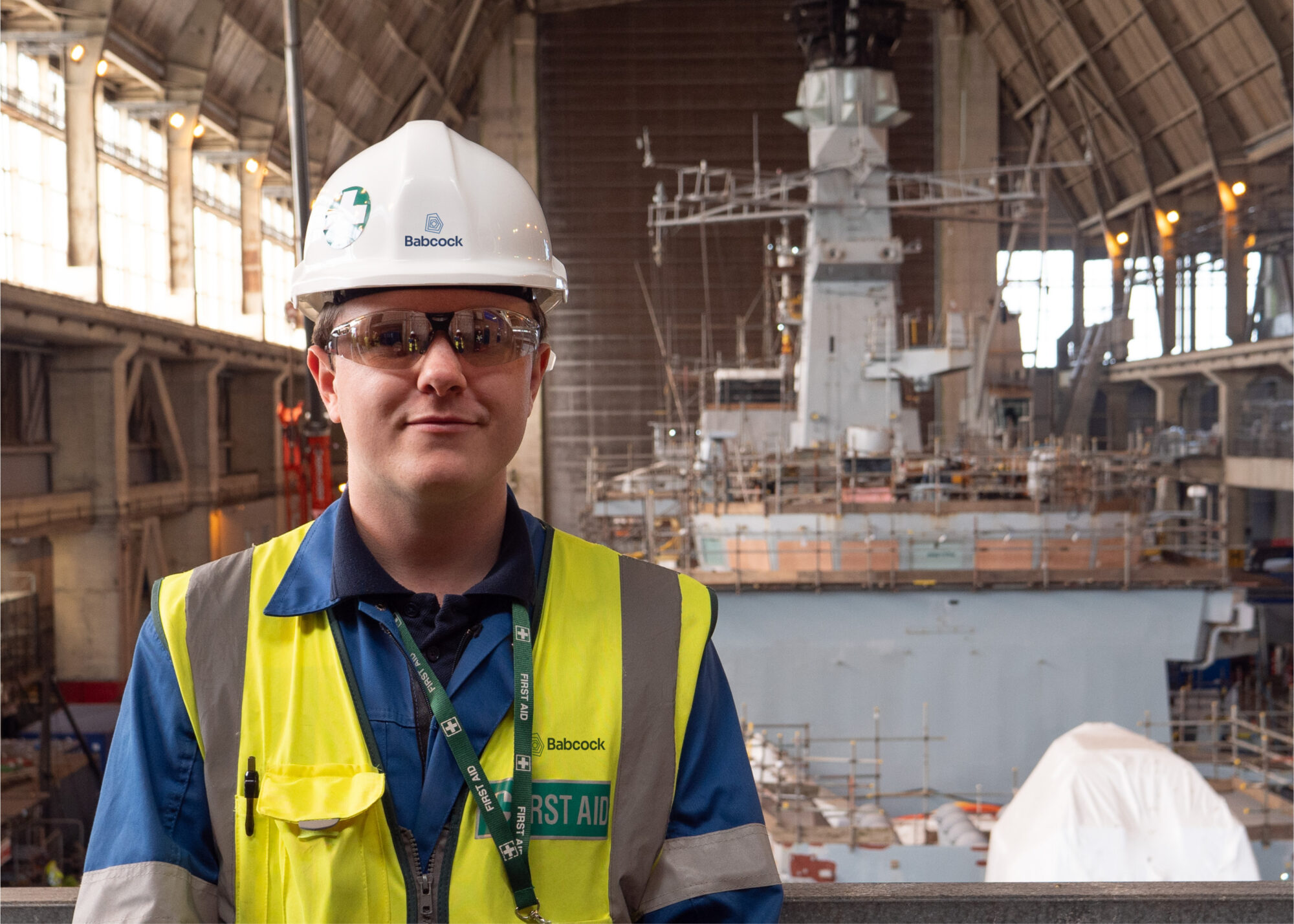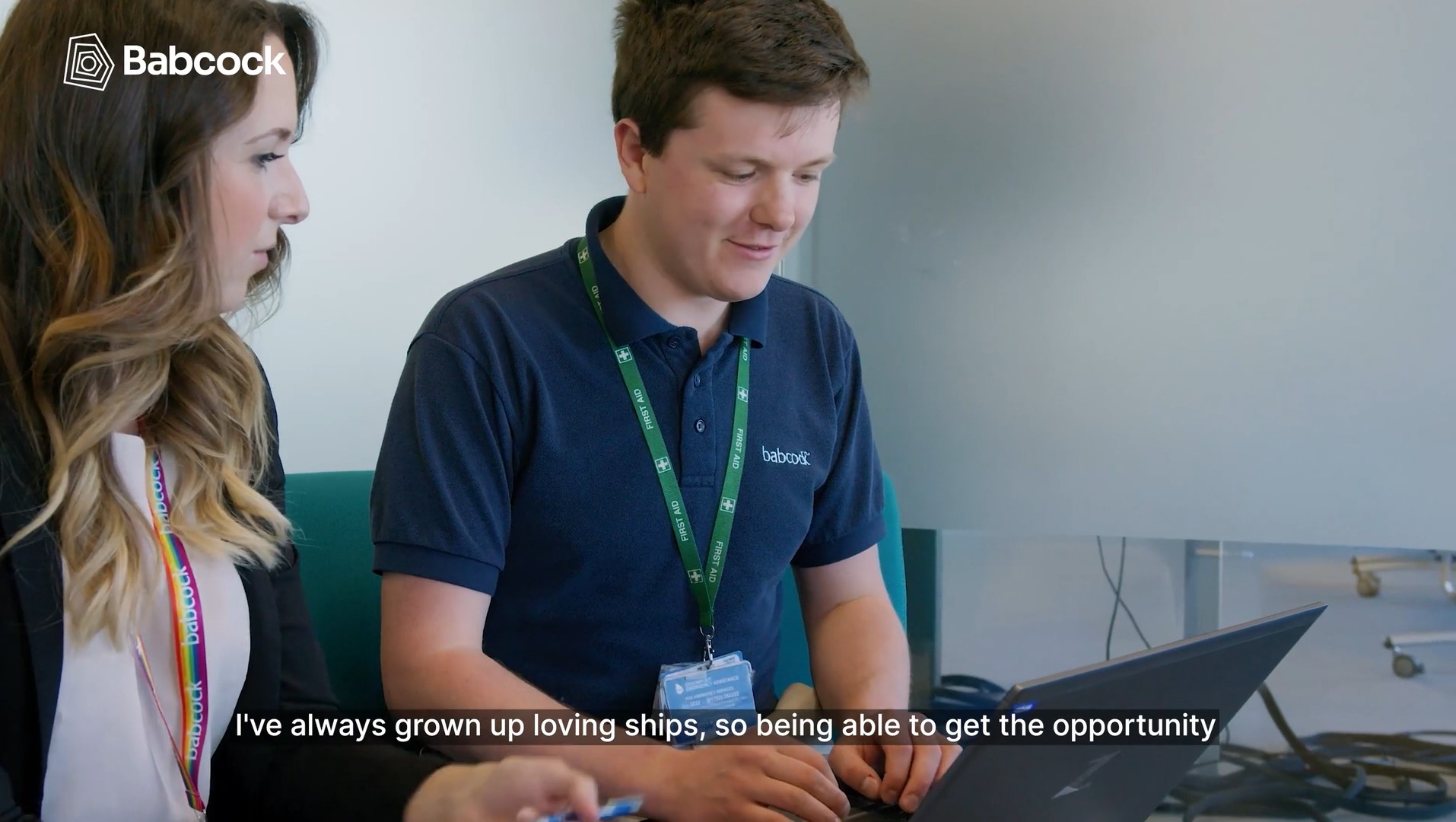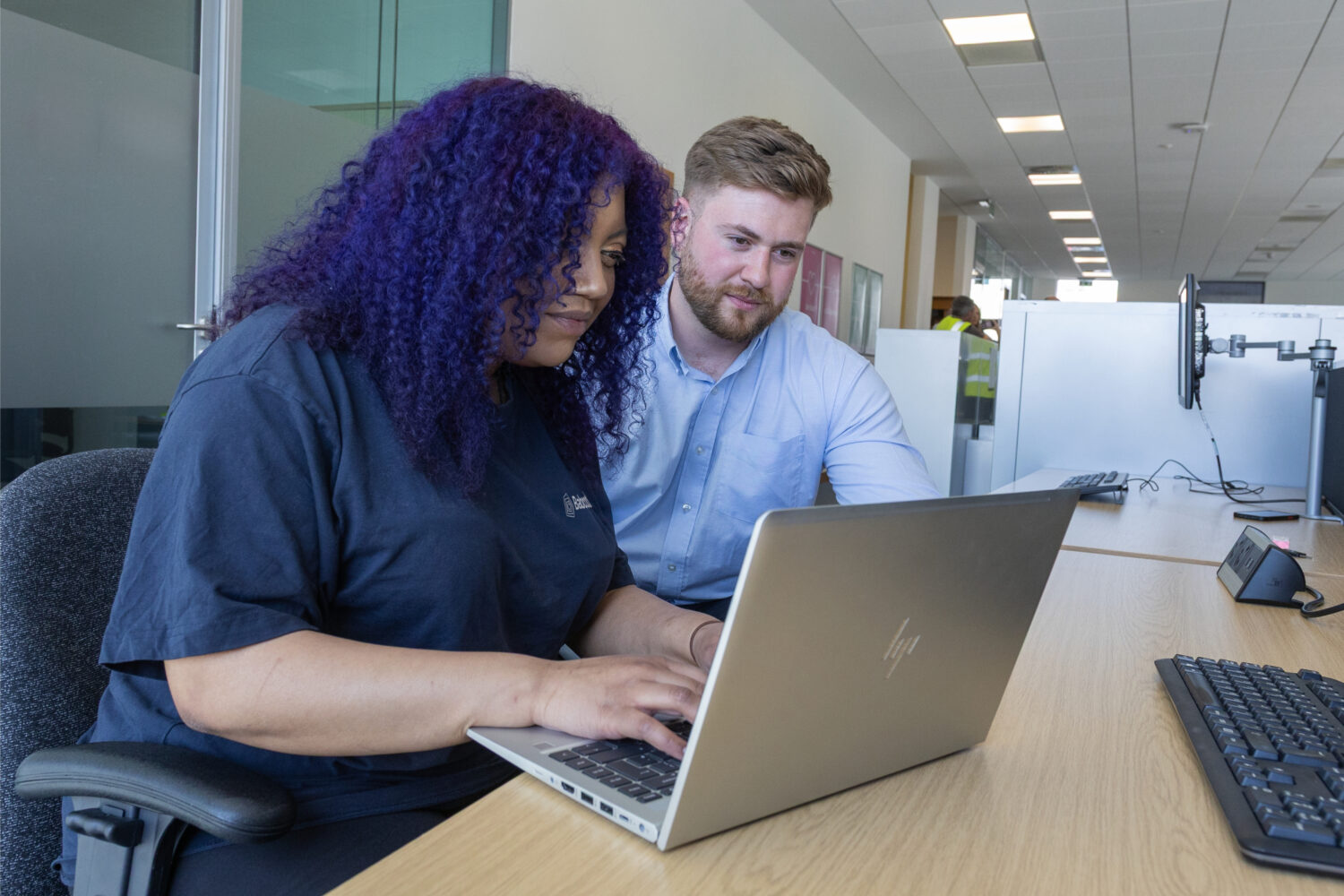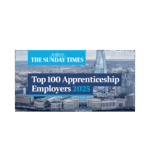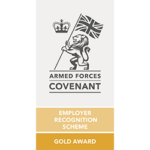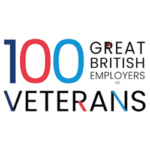Naval Architecture Graduate Programme
Location: Devonport, Plymouth
Sector/Business unit: Marine
My graduate programme, why I chose it and why I chose Babcock:
I am a Naval Architect, which is an engineer specialising in ship design, maintenance, and refit. Growing up near the sea, I developed a keen interest in ships and their design. I also saw it as a challenge, as ships and submarines are among the most complex vehicles known to mankind and being part of their design or maintenance seemed rewarding.
Initially, I wanted to join the Royal Navy, but due to medical reason this did not work out, so I looked into other ways to support the fleet. Babcock seemed like a logical choice, being one of the largest contractors supporting the refit and upkeep programme of the Royal Navy. Babcock also works on various types of vessels, from aircraft carriers to submarines, which I knew would provide me with numerous opportunities to get involved in supporting different vessels. The chance to view these ships as part of my job was a big draw, and it has not disappointed so far.
My favourite part of the programme:
Two aspects of the graduate programme have really stood out for me. Firstly, the variety of work I have been able to take part in has been fantastic. I have done everything from design work to customer meetings, assembling equipment, and running trials for our products on Royal Navy vessels. These opportunities have not only supported my development and chartership, but have also been great fun.
The programme has also allowed for practical work and participation in site trips. Due to the programme’s structure, the company supports opportunities that aid your development, even if they are not at your home site. For instance, I have been supported to travel to Scotland for physical testing. Additionally, I have had the chance to witness key evolutions, such as the docking or undocking of a ship. These opportunities and the support provided have been invaluable.
My most rewarding project/experience:
One of the most rewarding opportunities I had was to create a novel method for underwater metrology. This method was built from the ground up, with me involved in all aspects of the process. Part of this task involved designing the equipment for the job. Once manufactured, I helped assemble the equipment before deployment. When ready, I was the lead engineer for the capturing process, advising divers on the best approach and providing on-site quality assurance.
My work-life balance:
Babcock supports agile working and is keen to implement this where practical. In my current role, I am required to be in the office twice a week, giving me the flexibility to work from home most of the week. My role also supports flexi-time, allowing me to make up my work hours when it suits me, as long as I attend core hours. This flexibility makes it easier to visit friends, participate in evening activities or local events, and maintain a healthy work-life balance.
My development:
At Babcock, I have been supported by colleagues, managers, and my mentor, who have all been more than happy to assist with both my technical work and professional development.
Every graduate has a mentor who is chartered in their discipline. This mentor stays with you throughout your chartership journey and, in some cases, your entire career. They guide you through the chartership process and offer advice about different areas of Babcock to experience during your placements. This support continues beyond chartership, with opportunities to attend training courses and CPD events that further your professional career. The graduate programme itself also supports your development towards chartership through the various opportunities it provides.
Learn more about our Naval Architecture Graduate Programme and apply online.
